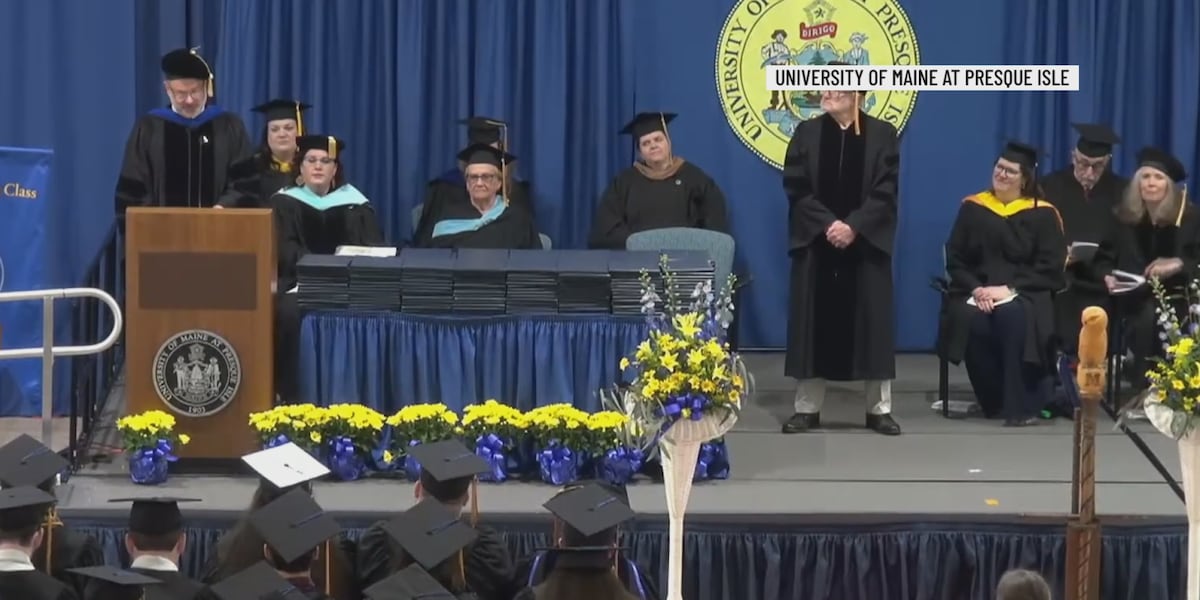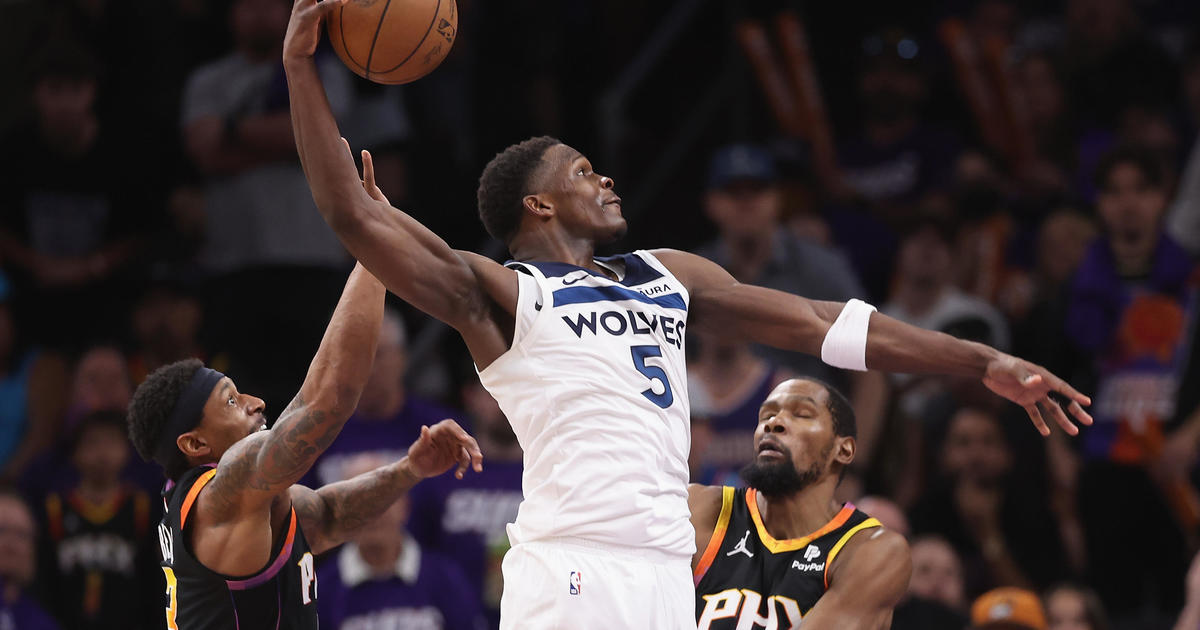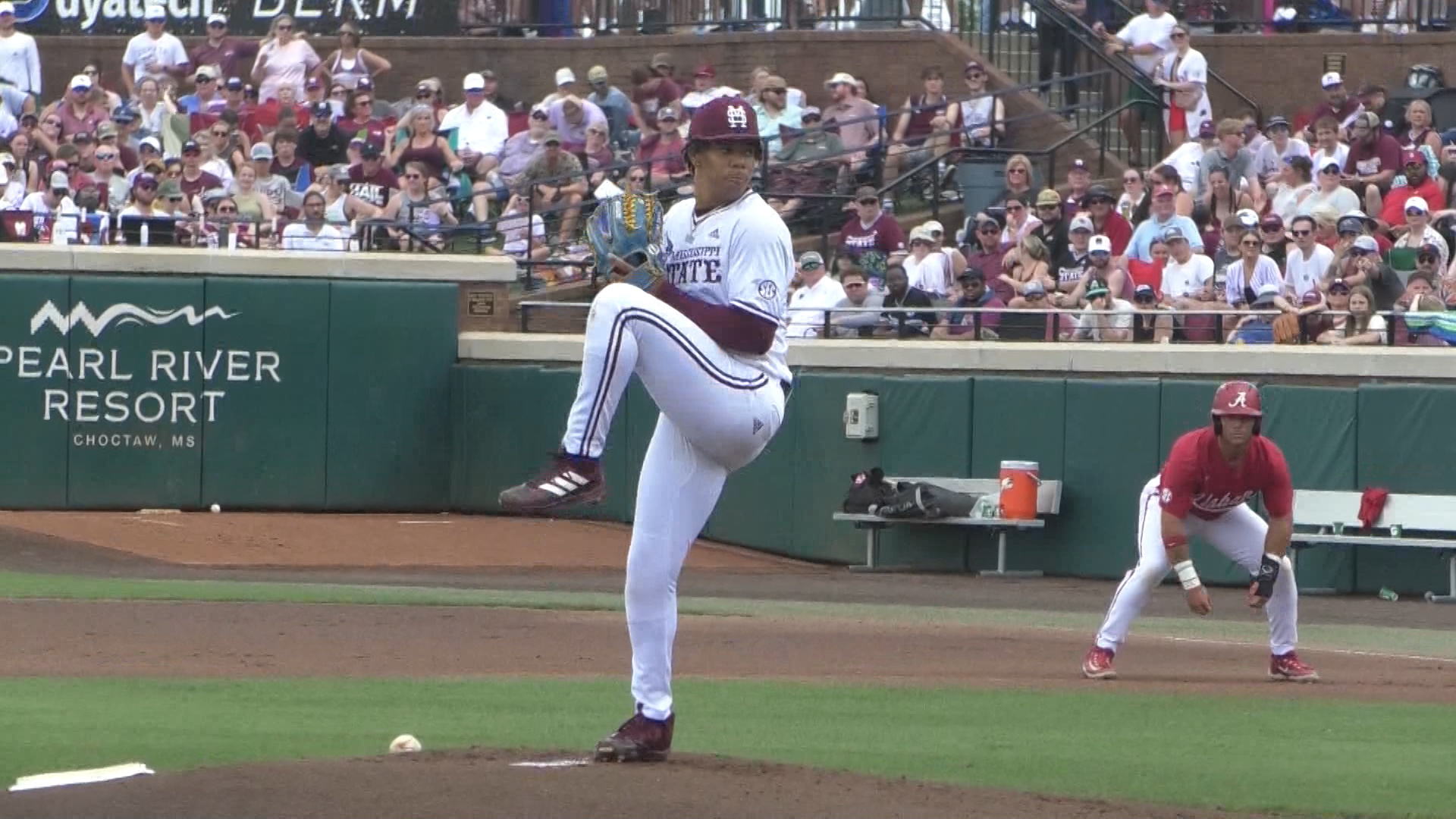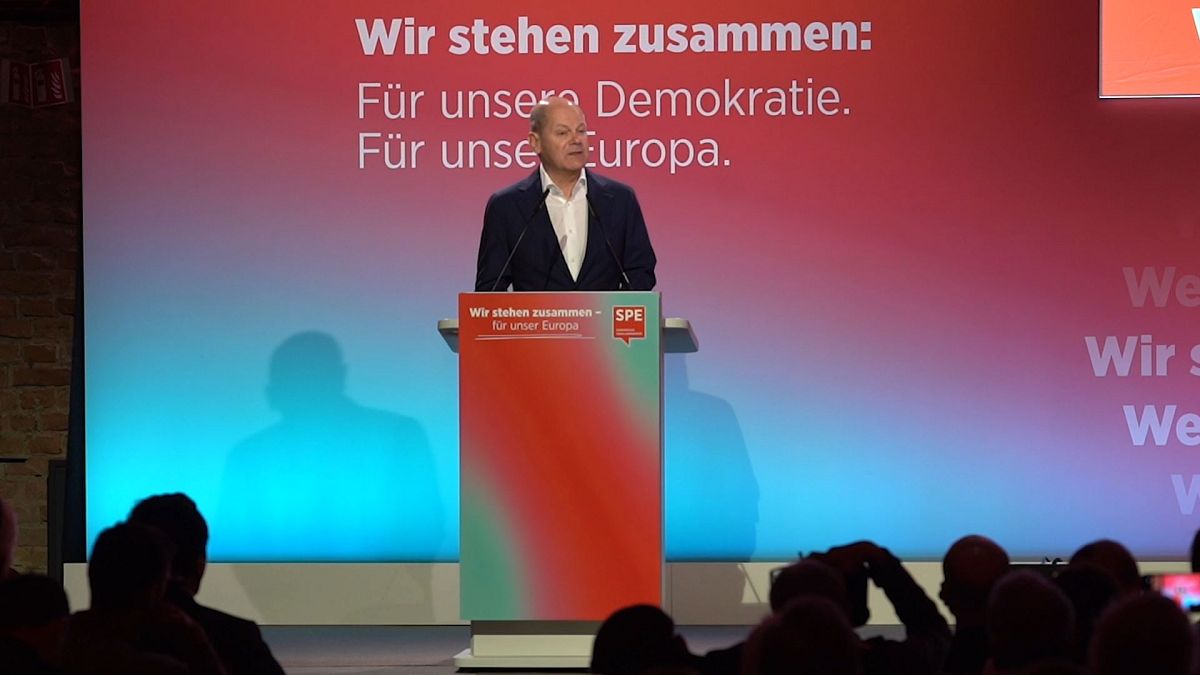Lifestyle
Will Disneyland get an Avatar land? It's likely. Here's what else may be in store
With the city of Anaheim unanimously voting to pass DisneylandForward, the Disneyland Resort will be forever changed.
Twice in the last 69 years, Disneyland has been significantly transformed. Four years after the park opened in 1959, Disneyland added its monorail, the Matterhorn Bobsleds and a submarine ride and expanded Autopia. It was a message that would begin to fulfill Walt Disney’s promise that Disneyland would never be completed.
More than that, however, it revealed that Disneyland would continue to look to the future. Disneyland in 1959 showed its guests possibilities — a transportation system in the monorail that could remake urban communities, a tease of the freeway system that would reshape travel and a glimpse at the sort of deep-sea excursions only a lucky few could witness. The Matterhorn, while inspired by the film “Third Man on the Mountain,” also was meant to be a transportive experience, to not only bring to Disneyland a new kind of thrill ride but give visitors a taste of international adventure.
Disneyland’s second reimagining came much later. In 2001 the Walt Disney Co. would open Disney California Adventure, the Grand Californian hotel and the Downtown Disney District. These additions would attempt to make Disneyland, the company’s original park, one that could, in theory, rival Florida’s Walt Disney World by becoming a resort that could demand multiday stays.
This expansion succeeded as well, but not overnight.
Dubbed DisneylandForward, the plan is not specific about what exactly Disneyland plans to build, but it asks Anaheim to relax zoning rules and give Disney flexibility to construct new rides, hotels and stores.
(DisneylandForward)
The original vision of Disney California Adventure proved to be lackluster, relying heavily on on-the-shelf rides and lacking emotion-driven experiences that take visitors out of their daily life. While the Grand Californian is a Craftsman-inspired triumph, Downtown Disney is in the midst of a transformation and is still attempting to outgrow its reputation as a home for chains and midtier eateries.
And now we’re entering a new era of possibilities, one that likely will look much different from the prior two. Modern Disney is centered on intellectual property — or IP, in corporate speak — rather than Walt-era idealism, and the most tantalizing prospects of DisneylandForward center on building around existing structures rather than erecting a new park.
With DisneylandForward, the company won the flexibility to redesign the resort. Zoning rules will be amended so that Disney can add new attractions alongside hotels on the west side of Disneyland Drive. These will, if they come to fruition, likely be extensions of Disneyland or Disney California Adventure rather than a third park. Additionally, a new shopping, dining and entertainment district can be created to the southeast on what is currently the Toy Story parking lot at Katella Avenue and Harbor Boulevard.
Company brass and the DisneylandForward materials have offered teases of what could be built. Most of these have centered on recent expansions at Disney’s international parks, such as the World of Frozen at Hong Kong Disneyland or Zootopia at Shanghai Disney Resort. There’s been little ideological talk about the future of Disneyland, as the focus has centered squarely on popular properties and franchises rather than the resort’s status as a cultural hub and gathering space.
But DisneylandForward came with a pledge. The Walt Disney Co. has promised to spend a minimum of $1.9 billion on Disneyland attractions, lodging, entertainment, shopping and dining in the next 10 years. That money can go quickly, with modern attractions costing sometimes in the high six figures, but the Walt Disney Co. also is in the midst of doubling down on its theme parks. Disney has guaranteed to spend $60 billion over the next 10 years in its experiences division, with at least half of that total dedicated to parks and resorts, according to a recent SEC filing.
It’s safe to say that the next 10 years will shape Disneyland for decades to come. While there’s much to be revealed, there are, perhaps, some safe bets. Here are a few educated guesses as to what to expect with an expanded Disneyland in the near term.
Get ready for Pandora
DisneylandForward materials reference everything from “Tangled” to “Peter Pan” to “Tron” as possible experiences that could come to Anaheim. One word, however, is missing, and it’s one that’s been regularly referenced by Disney brass in recent weeks: “Avatar.”
Disney CEO Bob Iger mentioned it at a recent shareholder meeting, even sharing the “Avatar” concept art, which was referred to as “inspirational artwork.” Josh D’Amaro, chairman of Disney Experiences, wrote in a blog post after the shareholder event that further news on Disneyland-related attractions such as the “Avatar” experience was tied to the approval of DisneylandForward.
“We are excited about the stories our guests could experience at Walt’s original theme park destination after approval of DisneylandForward — including the chance to experience all-new Avatar adventures with a visit to Pandora,” D’Amaro wrote. And last night in Anaheim, Disneyland Resort President Ken Potrock again teased “Avatar” at the DisneylandForward hearing and vote. Finally, one of Disney’s most respected theme park creatives even posted the “Avatar” concept art on Instagram, expressing the hope of sharing more on the project in the future.
Consider a large-scale “Avatar”-inspired land all but a done deal, and the art shared for Disneyland isn’t an exact replica of Florida’s Pandora — The World of Avatar, which resides in that coast’s Animal Kingdom park. Now where to put it? Expect Pandora to be bound for Disney California Adventure. There’s been speculation that it could replace the area currently served by water ride Grizzly River Run or move into a largely vacant slot of Hollywood Land, but neither is ideal. The latter requires a rerouting of the monorail, and Grizzly River Run remains a popular attraction.
Here’s betting it’s positioned in one of the DCA expansion areas near the Pixar Place Hotel, as that would allow the company to give the James Cameron property a plethora of space, especially if Disney must hide a large show building behind an illusion of floating mountains.
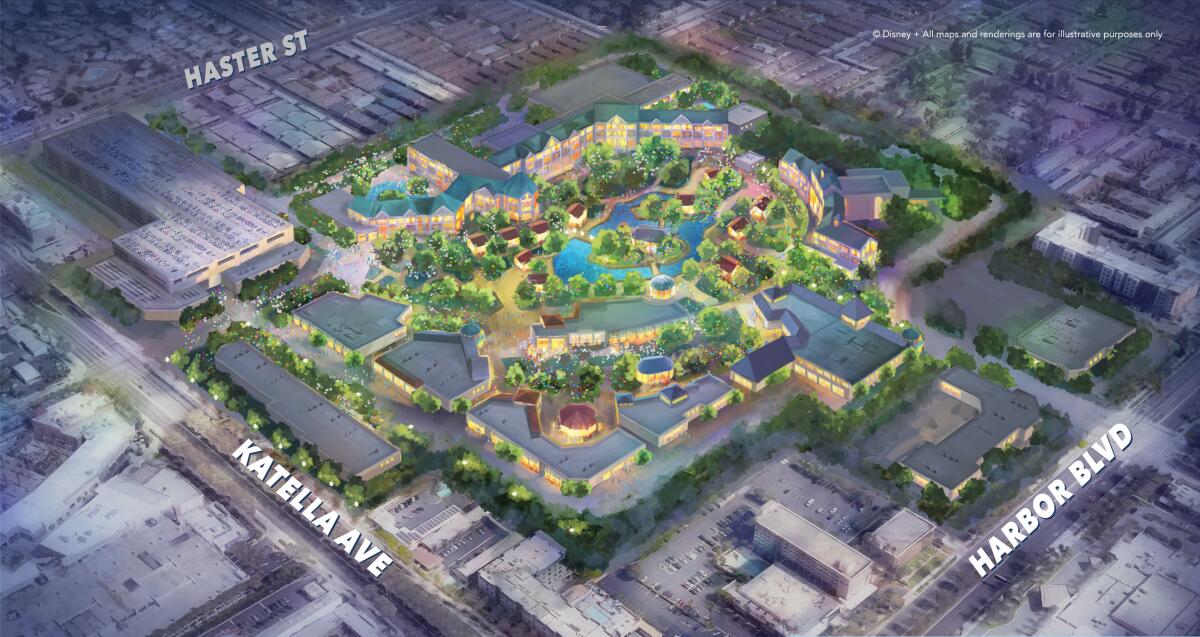
DisneylandForward concept art for a potential dining and entertainment district on the current location of the Toy Story Lot.
(Walt Disney Co.)
Expect more hotel options
With Disneyland lacking the acreage of Florida’s Walt Disney World, hotel prices in Anaheim are at a premium. Rooms for the recently revamped Pixar Place Hotel — Anaheim’s “budget” option — can routinely top $500 per night. More hotel space is needed, and if Disneyland goes all-in on “Avatar,” expect lodging and more entertainment options to follow close behind. Disney has long touted development of the Toy Story Lot as prime space for hotel, dining and entertainment modeled after Florida’s Disney Springs district.
The DisneylandForward materials mention the land as “the perfect location to cater to locals, conventioneers, hotel and Disneyland Resort guests with restaurants, hotels, live music, shopping, ticketed shows and theme park experiences.” A new proposed parking structure to the north would solve the parking issue, and Disney has done extensive research on this already, as it was part of an earlier, pre-pandemic planned development known as the “Eastern Gateway.”
Walkways to and from the new parking structure would connect the current resort to the new entertainment area. And while fans may want Disney to rapidly fill the available space with theme park attractions, if the resort is planning to increase capacity it’s first going to need a spot for those guests to park. Additionally, Iger at a recent media event said the company likely would hold back some of its theme park funds so the organization could move on the popularity of new films or franchises.
“We actually have a fairly good idea in the near term of what’s being built, but we’re purposefully not going to allocate it all,” Iger said. “Because who knows? In five years we can end up with a giant hit movie — think ‘Frozen’ — that we may want to mine essentially as an attraction, or a hotel or restaurant in our parks. So you want to maintain some flexibility.”

The World of Frozen recently opened at Hong Kong Disneyland. A “Frozen” experience has been teased as a possibility for Disneyland as part of DisneylandForward.
(Walt Disney Co. )
What about ‘Frozen’s’ Arendelle? Or a ‘Coco’-themed experience?
Beyond “Avatar,” which seems a sure thing as it’s been mentioned by Iger on multiple occasions, any future aspects of DisneylandForward become pure speculation. But a couple of franchises may have higher priority than others.
Disney now has a “Frozen” attraction in Walt Disney World, a land in Hong Kong and experiences in the works for Disneyland Paris and Tokyo DisneySea. Walt Disney Imagineering, the company’s secretive arm devoted to theme park experiences, clearly has done the work on bringing “Frozen” to life in physical spaces, and it stands to reason that expansions to the original Disneyland Park, with its fairy-tale feel, would go more of a Fantasyland-inspired route.
What’s more, re-creating Arendelle in the expansion plots located near the Disneyland Hotel would give Disney the opportunity to construct a second castle, as any extensive changes to park centerpiece Sleeping Beauty Castle are prohibited due to structural limitations. The enduring popularity of “Frozen” seems relatively assured at this point, so bringing the franchise to Disneyland is far from a risk.
But if the company opts to create something unique for Southern California rather than importing Hong Kong’s World of Frozen or Shanghai’s Zootopia, one franchise that seems to be routinely brought up by executives is “Coco.” When mentioning blue-sky concepts last year year at an investor event in Florida, D’Amaro teased “Coco” as a key film that has yet to be properly explored in the Disney parks.
Potrock again mentioned “Coco” in an op-ed in the Orange County Register touting the benefits of DisneylandForward, writing that the initiative could pave the way for “the chance to celebrate Dia de Los Muertos in a ‘Coco’-themed experience.” Disney California Adventure, of course, is home to a Dia de Los Muertos celebration that does center a short “Coco” show, and the property seems especially ripe for Southern California and our heavily Latino communities. That makes it an opportunity to give Disneyland an unique land not found in other parks while also tapping into the region’s diverse fan base. Walt’s original park deserves no less as it looks ahead to closing out its first century.

Lifestyle
'Zillow Gone Wild' brings wacky real estate listings to HGTV

The Golden Saxophone House, featured on HGTV’s new series Zillow Gone Wild.
HGTV
hide caption
toggle caption
HGTV

The Golden Saxophone House, featured on HGTV’s new series Zillow Gone Wild.
HGTV
The real estate social media space is packed with influencers focusing on specific niches like luxury mansions, mid-century moderns or inexpensive yet promising fixer-uppers.
Within this crowded universe, Zillow Gone Wild is a place to go if you’re in the market for, say, a home in Kansas City, Mo., shaped like a UFO; a striking, angular residence in Kalamazoo, Mich., designed in the late 1940s by Frank Lloyd Wright; or a recently built cruise ship with close to 3,000 bedrooms. (Yes, there is an actual Zillow listing for this property.)
“Waking up to an ocean view in the actual ocean is the new best way to wake up,” says Samir Mezrahi, Zillow Gone Wild‘s creator, in his deadpan TikTok commentary on this particularly mind-boggling property listing.
Mezrahi’s prominent account, which has several million followers across platforms, has now been spun off into an equally wild reality TV show. The nine-episode series premiered on HGTV Friday, and is out now on Max.
As on social media, the Zillow Gone Wild TV show is aimed at a general audience and focuses on homes that defy everyday expectations in some way — whether visible from the outside in the architecture, or hidden inside as part of the home decor.
“It has to be something we’ve pretty much never seen before,” says Mezrahi, a former social media director at Buzzfeed, in an interview with NPR.
Setting a “wild” tone
The first segment of the first episode sets the tone: Homeowner Andrew Flair shows off the converted U.S. military missile launch facility in York, Neb. The unusual property has very thick steel doors and no windows.

The exterior of a home converted from a disused missile solo in York, Neb.
HGTV
hide caption
toggle caption
HGTV

The exterior of a home converted from a disused missile solo in York, Neb.
HGTV
“It’s all underground, covered in concrete, and if, for some reason, a bomb goes off, you’ll be safe,” Flair says on the show.
And in episode three, homeowner Kitty Reign tours viewers around the Pirates of the Caribbean-themed residence in Las Vegas she’s selling. This swashbuckler’s paradise comes with a decorative wooden helm (“Everybody plays with it!”) and a tavern (“Kind of our own little secret pirate nightclub!”)
Hosted by comedian Jack McBrayer, who played Kenneth in 30 Rock, the show features 24 homes from around the country either up for sale or recently sold. But only one of them will be crowned the country’s “wildest” at the end of the series, as assessed by HGTV executives. Viewers who correctly guess the winning home can enter a pool for the chance to win $25,000.

Kitty Reign and her wife, Jennifer, show host Jack McBrayer around their Pirates of the Caribbean-themed house, as seen on HGTV’s new series Zillow Gone Wild.
HGTV
hide caption
toggle caption
HGTV

Kitty Reign and her wife, Jennifer, show host Jack McBrayer around their Pirates of the Caribbean-themed house, as seen on HGTV’s new series Zillow Gone Wild.
HGTV
The judging criteria include creativity, commitment to a concept or theme and a quality McBrayer describes as “wackadoo.”
“That special thing that sets this property apart,” says McBrayer on the show. “We reward impracticality.”
The growth of an American pastime
Ogling real estate listings on social media has become an enormously popular American pastime in recent years. Saturday Night Live even did a skit about the trend in 2021. (“The pleasure you once got from sex now comes from looking at other people’s houses.”)
Saturday Night Live produced a skit lampooning the trend for browsing real estate listings on social media in 2021.
YouTube
Mezrahi, who’s based in New York, says he has long made a hobby of idly browsing Zillow. He started Zillow Gone Wild as a side project in the fall of 2020, knowing it would probably catch on. Mezrahi initially launched it only on Instagram, but soon expanded his offering to Facebook, Twitter, TikTok and a newsletter.
“It was, like, prime pandemic. Everyone’s working from home. Companies are saying you can live wherever you want,” Mezrahi says. “So people are moving, thinking about moving, or browsing Zillow just as a bored-on-your-phone thing. So I kind of felt like there was an audience of people out there that are also doing this.”
The rise of TV and online channels devoted to home buying and home improvement, together with the increasingly elaborate social media presence of individual real estate brokers promoting their listings, have further fed the trend.
“This is a time when a lot of people are thinking about where and how we want to live,” says Zillow’s home trends expert, Amanda Pendleton, in an interview with NPR. “And these social media accounts captured our imagination and redefined what a home can be.”
“Wild” listings can be challenging for real estate brokers
That “imagination capturing” quality is what makes Zillow Gone Wild so compelling on TikTok and TV.
But when it comes to actually selling a property, eccentric architecture and festive home decor aren’t necessarily virtues.
“As a real estate broker, you kind of get nervous about that, because the resale value is not the greatest when you’re making it your own,” says San Francisco Bay Area-based realtor Ria Cotton in an interview with NPR. “It may not be liked by other people.”

Host Jack McBrayer taking in the sights of the “Golden Saxophone House.”
HGTV
hide caption
toggle caption
HGTV

Host Jack McBrayer taking in the sights of the “Golden Saxophone House.”
HGTV
While having a marketable property is preferable, Cotton admits the popularity of social media accounts like Zillow Gone Wild shows there’s a growing appetite among homebuyers and potential homebuyers for the “wackadoo.”
“I think more and more people are kind of bored of the cookie-cutter way of doing things,” Cotton says.

Case in point: An unusual music-themed home in Berkeley, Calif., that Cotton recently brokered, featured in Zillow Gone Wild.
The facade of the “Saxophone House” is dominated by two massive, gold saxophone-shaped columns. On the TV show, new homeowner Adanté Pointer proudly shows off the gold treble clef ornaments on the balcony railings indoors.
“The gold accents really make it stand out,” Pointer says appreciatively.
The smooth jazz vibes and bling of the Saxophone House might not be for everyone. But Pointer says it’s perfect for him.
“I am an attorney, and oftentimes, people come to me to make a statement on their behalf,” he says on the show. “And when you look at the outside of this home, it’s definitely a statement piece.”

In an interview with NPR, TV show host McBrayer says if visiting all of the homes featured in the Zillow Gone Wild TV series taught him anything, it’s that even the wildest of homes won’t sit empty forever.
“For every house out there that is just head-to-toe rainbow-colored, there is going to be a buyer. For every home that is attached to the underside of a bridge, there’s going to be a buyer,” McBrayer says. “There’s a lid for every pot.”
Lifestyle
How bird flu could threaten cow cuddling. Yes, it is a thing.
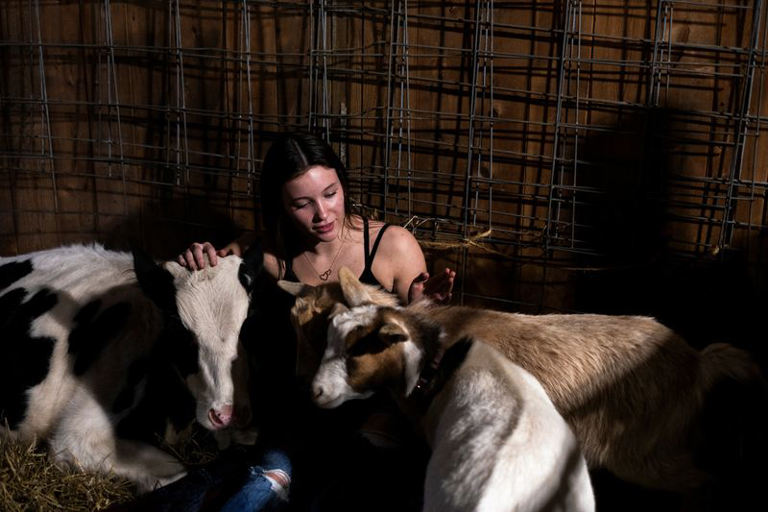
Lifestyle
Lyndon Barrois talks making art from gum wrappers and “Karate Dog” : Wait Wait… Don't Tell Me!

-

 News1 week ago
News1 week agoLarry Webb’s deathbed confession solves 2000 cold case murder of Susan and Natasha Carter, 10, whose remains were found hours after he died
-

 News1 week ago
News1 week agoFirst cargo ship passes through new channel since Baltimore bridge collapse
-

 World1 week ago
World1 week agoHaiti Prime Minister Ariel Henry resigns, transitional council takes power
-

 World1 week ago
World1 week agoSpanish PM Pedro Sanchez suspends public duties to 'reflect'
-

 World1 week ago
World1 week agoUS secretly sent long-range ATACMS weapons to Ukraine
-

 News1 week ago
News1 week agoAmerican Airlines passenger alleges discrimination over use of first-class restroom
-

 Education1 week ago
Education1 week agoVideo: Johnson Condemns Pro-Palestinian Protests at Columbia University
-

 Movie Reviews1 week ago
Movie Reviews1 week agoAbigail Movie Review: When pirouettes turn perilous
